It is interesting isn't it, that even thirty years into the Tudor reign this dynasty was still trying to justify their weak claim to the throne of England.
|
During renovations in 1910, an original 16th century heraldic shield was found at the bottom of the moat of Hampton Court Palace that has been dated to around the time of the marriage of Henry VIII to Jane Seymour. The shield would have been held by a lion, which is thought to have represented the king himself. It would have stood on the bridge that leads into the palace. At the centre of the shield is the image of the hawthorn bush topped with a crown, they are highly symbolic representations of both the Battle of Bosworth - the end of the Plantagenet dynasty and the beginning of the new reign under the Tudors. It is interesting isn't it, that even thirty years into the Tudor reign this dynasty was still trying to justify their weak claim to the throne of England. There is more about the finding of this shield on the History Royal Palaces website
0 Comments
In the October of 1541, Thomas Cranmer, the Archbishop of Canterbury, was told by John Lascelles, a member of Thomas Cromwell's household, that he had knowledge that Catherine Howard, the fifth wife of Henry VIII had had intermate relations with three men while living at Chesworth House, a place where she had spent her childhood. Cranmer disliked Thomas Howard, Catherine's grandfather, and used this information to discredit the Howard family by informing Henry of Catherine's teenage activities. He left the king a note as he celebrated All Souls Day in the Chapel Royal at Hampton Court. In this note, Cranmer wrote that Catherine Howard had been accused of "dissolute living before her marriage with Francis Dereham, and that was not secret, but many knew it." Events soon escalated with the arrest and torture of the so-called lovers of the queen. This was followed by the execution of Dereham, along with Thomas Culpepper, on the 10th of December and Catherine went to her death on the 13th of February the following year. The third man accused was Henry Manox, he was fortunate to escape death. What of the troublemaking John Lascelles, the instigator of this affair? He would be burnt at the stake for the crime of heresy on the 12th of July 1546. Cranmer would suffer the same fate in 1556.
On this day in 1540 the execution of Thomas Cromwell, adviser and one-time friend to Henry VIII. Chronicler Edward Hall wrote of Cromwell’s last words:
“I am come hether to dye, … for … I am by the Lawe comdempned to die, and thanke my lorde God that hath appoynted me this deathe, for myne offence: For … I have lived a synner, and offended my Lorde God, for the whiche I aske hym hartely forgevenes. And … beyng but of a base degree, … have offended my prince, for the whiche I aske hym hartely forgevenes, and beseche you all to praie to God with me, that he will forgeve me. O father forgeve me. O sonne forgeve me, O holy Ghost forgeve me: O thre persons in one God forgeve me. And now I praie you that be here, to beare me record, I die in the Catholicke faithe … . Many hath sclaundered me, and reported that I have … mainteigned evill opinions, whiche is untrue, but I confesse that like as God by his holy spirite, doth instruct us in the truthe, so the devill is redy to seduce us, and I have been seduced: but beare me witnes that I dye in the Catholicke faithe … . And I hartely desire you to praie for the Kynges grace, that he maie long … reigne over you. And once again I desire you to pray for me, that so long as life remaigneth in this fleshe, I waver nothyng in my faithe”. And of his last moment Hall writes: “.... committed his soule, into the handes of God, and so paciently suffered the stroke of the axe, by a ragged and Boocherly miser, whiche very ungoodly perfourmed the Office. After his execution, Cromwell's head was boiled and placed on a spike on London Bridge, his face it was said, looking away from the city. I often wonder about men like Cromwell - why were they so eager to take the place of others who had gone to the block for not giving Henry what he wanted. Cromwell was in the pay of Cardinal Wolsey when he fell from grace in 1529, if he didn't learn anything then surely he must have been aware of the consequences of failing Henry when Thomas More was executed in 1535. Or did he really think he was invincible? In 1541, it was rumoured that Catherine Howard had begun a physical relationship with Thomas Culpepper, her husband Henry VIII's favourite courtier. In a letter to Culpepper Catherine wrote “praying you that you will come when my Lady Rochford is here.” This 'affair' would be their undoing. Adultery with a queen was high treason, Thomas Culpepper was sentenced to be hanged, drawn and quartered but the sentence was commuted to beheading. He was executed on the 10th December in 1541.
You can read about Thomas's and Catherine's downfall in my blog Dangerous Talk Cost Lives. meanderingthroughtime.weebly.com/history-blog/dangerous-talk-costs-lives The Culpepers were a big family from the county of Kent. Thomas Culpepper was born in 1514, the son, it is written, of Alexander Colepeper, but this is not the case, it likely that he was the son of a younger branch of the Culpepers. Catherine's mother was Joyce Culpepper, she was also from a different branch of that that family. At eleven o'clock on the 22nd June 1536, Princess Mary wrote to her father from Hunston House in Herefordshire, where Mary would live until her accession to the throne. In this letter Mary acknowledges the annulment of her parents’ marriage, her own illegitimacy, and her father’s position as head of a new English church. It was a letter that she had refused to write. Henry VIII considered her behaviour was influenced by her mother. Henry had mother and daughter separated and both were banishing both from court. " Most humbly prostrate before the feet of your most excellent majesty, your most humble, faithful, and obedient subject, which hath so extremely offended your most gracious highness that mine heavy and fearful heart dares not presume to call you father, nor your majesty hath any cause by my deserts, saving the benignity of your most blessed nature doth surmount all evils, offences, and trespasses, and is ever merciful and ready to accept the penitent, calling for grace in any convenient time
Having received, this Thursday at night, certain letters from Mr. Secretary, as well advising me to make mine humble submission immediately to yourself (which because I durst not, without your gracious license, presume to do before), I lately sent unto him, as signifying that your most merciful heart and fatherly pity had granted me your blessing, with condition that I should persevere in that I had commenced and begun, and that I should not eftsoons offend your majesty by the denial or refusal of any such articles and commandments as it may please your highness to address unto me, for the perfect trial of mine heart and inward affection. For the perfect declaration of the bottom of my heart and stomach, first, I knowledge myself to have most unkindly and unnaturally offended your most excellent highness, in that I have not submitted myself to your most just and virtuous laws; and for mine offence therein, which I must confess were in me a thousand-fold more grievous than they could be in any other living creature, I put myself wholly and entirely to your gracious mercy, at whose hand I cannot receive that punishment for the same that I have deserved. Secondly, to open mine heart to your grace in these things, which I have heretofore refused to condescend unto, and have now written with mine own hand, sending the same to your highness herewith, I shall never beseech your grace to have pity and compassion on me, if ever you shall perceive that I shall privily or apertly vary or alter from one piece of that I have written and subscribed, or refuse to confirm, ratify, or declare the same, where your majesty shall appoint me. Thirdly, as I have and shall, knowing your excellent learning, virtue, wisdom, and knowledge, put my soul into your direction, and by the same have and will in all things, from henceforth, direct my conscience, so my body I do wholly commit to your mercy and fatherly pity, desiring no state, no condition, nor no manner degree of living but such as your grace shall appoint unto me, knowledging and confessing that my state cannot be so vile as either the extremity of justice would appoint unto me, or as mine offences have required and deserved. And whatsoever your grace shall command me to do, touching any of these points (either for things past, present, or to come), I shall as gladly do the same as your majesty can command me. Most humbly, therefore, beseeching your mercy, most gracious sovereign lord and benign father, to have pity and compassion of your miserable and sorrowful child, and with the abundance of your inestimable goodness so to overcome mine iniquity towards God, your grace, and your whole realm, as I may feel some sensible token of reconciliation, which, God is my judge, I only desire, without any respect: to whom I shall daily pray for the preservation of your highness, with the queen's grace, and that it may please Him to send you issue. From Hunsdon, this Thursday,* at eleven of the clock at night. Your grace's most humble and obedient daughter and handmaid." The Henry VIII of his younger days was physically handsome in body and well as in face, he was intelligent and affable. He was described by Erasmus as being “a man of gentle friendliness, and gentle in debate” and that he “he acts more like a companion than a king.” These traits are often forgotten, overshadowed by the Henry of later years. The change in Henry, a physical and mental decline, is attributed to a riding accident, a fall from his horse during a joust on the 24th of January of 1536. The king was unconsciousness for two hours and his courtiers thought him dead. At the time there was no mention of any obvious injury, however, today some historians think that Henry received a blow to the front part of his head which changed his personality which in turn led to an increased tendency to be irritable and quick to temper, it also led to weight gain and ulcerated legs. Can we judge Henry on this, can we say that man he became was purely the result of this awful accident and therefore was not wholly responsible for the tyrannical actions of his later life? Remember though, Henry started his reign with the execution of Edmund Dudley and Richard Epsom and he had Thomas More put to death just the year before. In the image above you can see Henry jousting in a tournament at Westminster in celebration of the birth of his son in 1511.
On the 14th of August in 1473 the birth of Margaret Pole, the daughter of George Duke of Clarence and Isabel Neville at Castle Farleigh, an estate not too far from Bath in Somerset. This west country castle was once the ancestral home of the Hungerfords, a family who had sided with the Lancastrians during the Wars of the Roses and were punished for that with execution and the loss of their estates. Castle Farleigh was granted to Richard, Duke of Gloucester, later Richard III, however, in 1473 it was linked with the Duke of Clarence for it was here that Isabel gave birth to Margaret. Isabel Neville died in 1476 and Clarence was executed two years later, Margaret lived out the rest of her childhood with her paternal cousins in the royal household. Six years following the accession to the throne by Henry Tudor she was married to Richard Pole by whom she would have five children - the four sons were thorns in the sides of Henry VIII. However, Margaret was a member of the young Katherine of Aragon's household during the reign of Henry VII and under Henry VIII she was governess to Henry's daughter Mary. During the troubles between Catherine and Henry and Henry and Mary, Margaret would stay true to their cause. By the end of 1538, Margaret was in trouble and found herself embroiled in the fall out of the arrests of her sons Geoffrey and Henry Pole on a charge of treason. She was detained at Cowdray Park, the home of the Earl of Southampton. It wasn't long before trumped up charges were brought against her, and she was sent to the Tower where she was kept for just under two years. Poor Margaret was not treated well during her incarceration, the conditions were austere and inadequate for a woman her age let alone her status, the room was cold and damp and she suffered as a result. Margaret Pole would die at the hands of an inexperienced executioner on the 27th May in 1541 - she was sixty-eight years old. The above image is considered to be that of Margaret Pole as she wears a tiny barrel charm on a bracelet which is taken to represents her father's death in a barrel of Malmesbury wine. This, of course, is a case of fabricating the evidence to fit the crime. Not only did this one tiny detail added weight to the vat of wine theory but it means that this portrait has been wrongly attributed.
“A butcher's dog has killed the finest Buck in England” was a reference to Cardinal Wolsey part in the execution of Edward Stafford Cardinal Wolsey had obtained great power and wealth rather quickly and Henry was soon dependent on him and the advice he gave, this of course angered the nobility and other men of rank who considered that Wolsey was punching above his weight. Envy and jealousy played their part in the downfall of Buckingham as it later would with Wolsey, there was a least one person who succumbed by pointing the finger of suspicion at the Duke and he made his feeling quite plain in a letter sent to Wolsey accusing Buckingham of treason. Was Buckingham part of a plot to kill the king, Thomas More suggested his conviction was based on hearsay others considered him guilty as charged. A J Pollard wrote of Buckingham's fate "Buckingham was not executed because he was a criminal, but because he was, or might become, dangerous: his crime was not treason, but descent from Edward III" Edward Stafford, Duke of Buckingham climbed the steps to the scaffold at Tower Hill on the 17th May in 1521.
For someone like me who has trouble with dyslexia and the getting of numbers in the right order, the birth of Henry VII and the death of his son can be somewhat confusing. Henry VII was born on this day 1457, and on this day in 1547 his second son, Henry VIII died - that's exactly ninety years later. Anyway, I seem to have got my sums right and the numbers are in the correct order so let's get on with a bit of information about the infamous Tudor king's final years. Most of you will already know that Henry went into a physical and mental decline following a riding accident in the January of 1536. Henry was unconsciousness for two hours and his courtiers thought him dead. It was all downhill for the king after that, ulcerated legs, weight gain and an increased tendency to be irritable and quick to temper. As his girth increased his courtiers began dressing in heavily padded clothes in an attempt to flatter him, and who can blame them, would you want to get on the wrong side of a grumpy monarch? Despite being grossly overweight Henry was still in search of a bride, on the 12th July 1543 he found one, the twice-married Catherine Parr. Catherine nursed, cared for and finally outlived him. On his death, he was succeeded by his son, Edward VI - he wasn't much fun either. Henry was buried next to Jane Seymour, the wife who gave him his heir, at St. George's Chapel at Windsor Castle.
In 1666 the cause of the Great Fire of London was blamed on a fire in a bakery on Pudding Lane, evidently, sparks from a fire fell into some dry flour. Over thirty years later another accident with the equally combustible items was the cause of a fire in which the Tudor Whitehall Palace burned down and along with it a Hans Holbein masterpiece. It was at 4 o'clock in the afternoon of the 4th January in 1698 that a women doing her laundry at a London riverside house placed her clothing too near a fire, within minutes her washing was engulfed in flames as was all the furniture in the room. The fire soon spread destroying residential and government buildings from the riverside to the Holbein Gate and the Banqueting House, both of which had survived a previous fire in 1691 that had damaged the older palace structures. Of the 1698 fire diarist John Evelyn wrote "Whitehall burnt! nothing but walls and ruins left." Whitehall Palace had been the main residence of the royal family in London from the reign of Henry VIII. In 1537 Henry VIII commissioned Hans Holbein to paint a large mural so he could show off his Tudor lineage. The magnificent painting was Holbein's largest and most important royal commission, in it Henry VIII was portrayed with his queen Jane Seymour and his parents Henry VII and Elizabeth of York. The mural was probably painted on the wall of Henry's privy chamber and no doubt dominated it. It is said to have faced the door and any visitor would have been immediately overwhelmed by the life size image of Henry VIII confronting them. How wonderful would it have been to wander the corridors of such a palace and look upon the faces of those people who changed our history, sadly it was not to be, however today some parts of the old palace do still exist but have been incorporated into new buildings in the Whitehall.
|
Archives
February 2024
Categories
All
After ten years in the workplace I became a mother to three very beautiful daughters, I was fortunate enough to have been able to stay at home and spend my time with them as they grew into the young women they are now. I am still in the position of being able to be at home and pursue all the interests I have previously mentioned. We live in a beautiful Victorian spa town with wooded walks for the dog, lovely shops and a host of lovely people, what more could I ask for.
All works © Andrea Povey 2014. Please do not reproduce without the expressed written consent of Andrea Povey. |
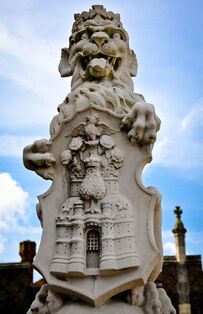
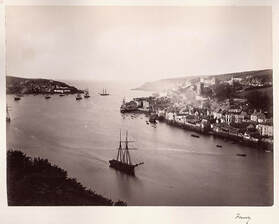
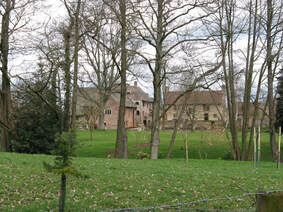
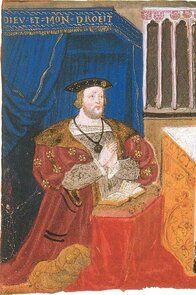
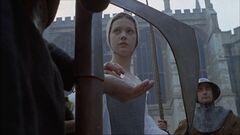
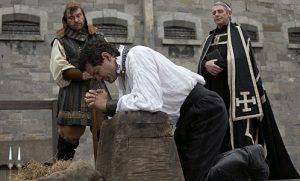
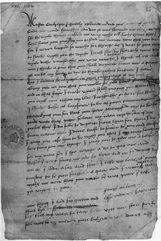

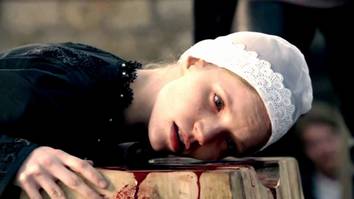
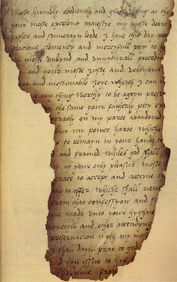
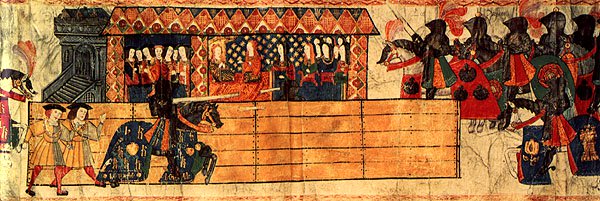
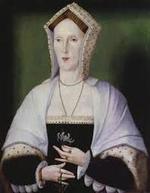
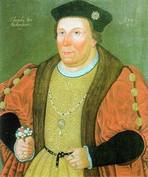
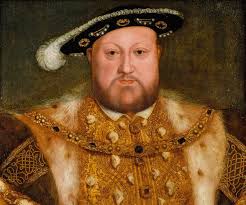
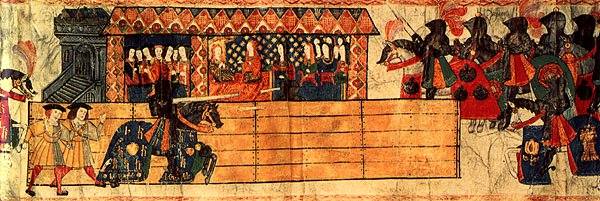
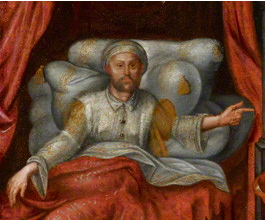
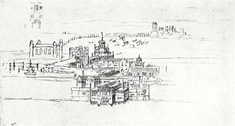
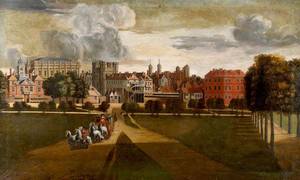
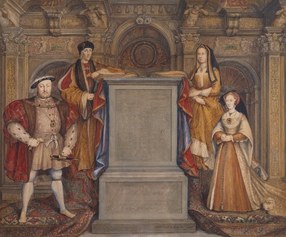

 RSS Feed
RSS Feed
